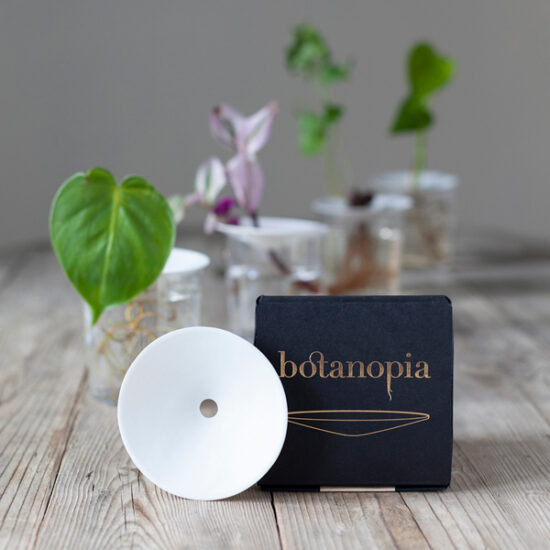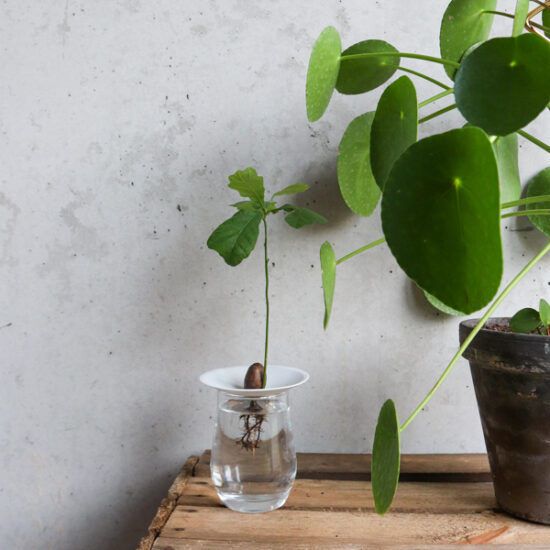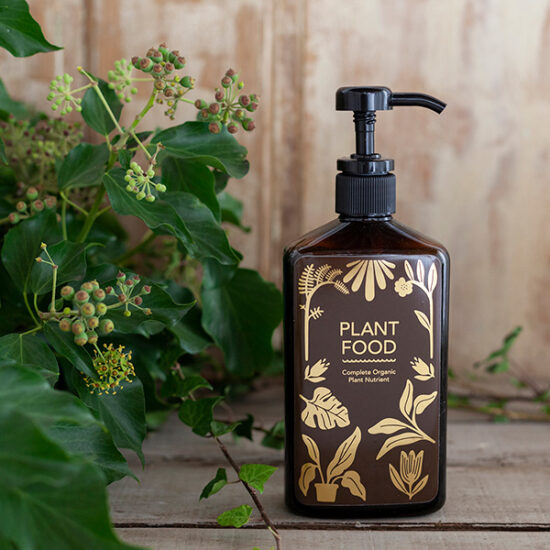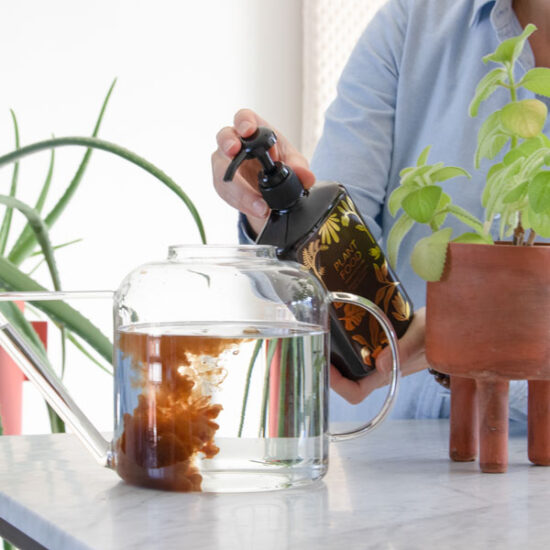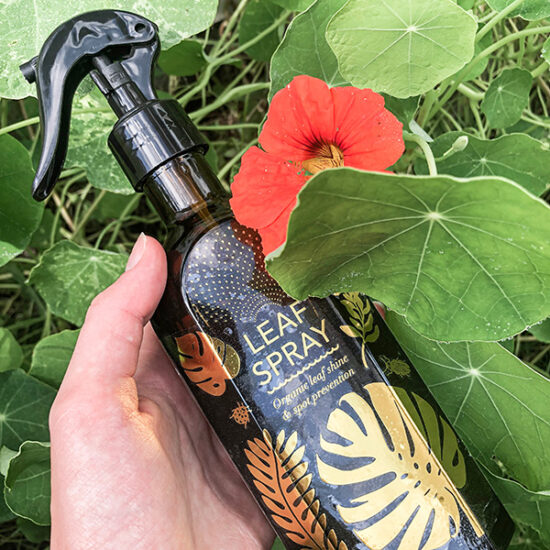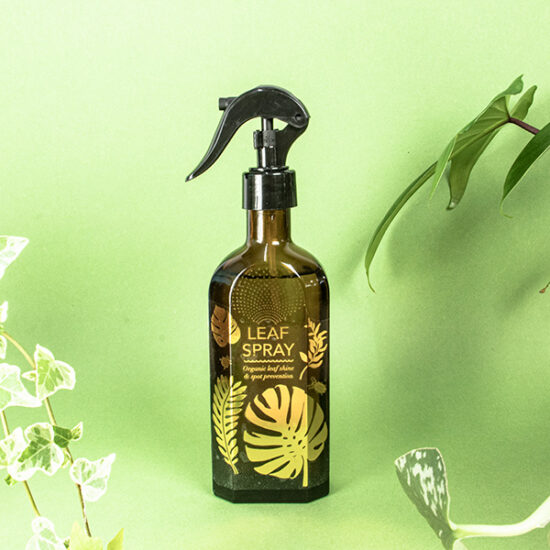10 tips to keep your plants healthy during winter
Days are getting shorter, the temperature drops and you can already find gingerbread in the supermarkets. During the upcoming winter months, your plant will slow down their growth. It’s time to adjust your plant care to keep them happy and healthy until the spring.
But don’t worry, there’s still plenty of time to prepare your plants for the cold season. In the following article, we’ll tell you everything you need to know as a plant owner in the winter.
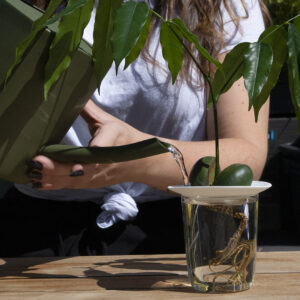
1. Use less water
In the winter, most houseplants enter into a dormant phase, which basically means that they grow at a slower rate or even stop growing completely. The plant uses less energy, and there’s also less evaporation, so it needs less water to stay hydrated. Overwatering in winter can lead to several diseases or even the dreaded root rot.
The best way to find out if your plants need water is by checking the soil with your finger. If the top 2 centimetres of the soil are still moist, there’s no need to give them water yet.
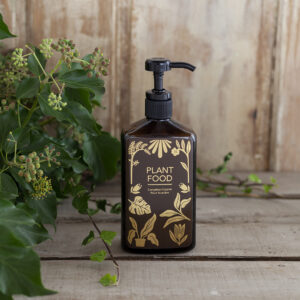
2. Stop fertilising
The nutrients in a fertiliser help to support plant growth. No plant growth in winter means fertilisers become redundant. Hold off until the spring to fertilise again. Of course, if you still see new growth on your plants in the winter, you can still fuel the growth with extra nutrients. We fertilise roughly from April to October, here in Northern Europe. This may be a bit different for you based on your location.
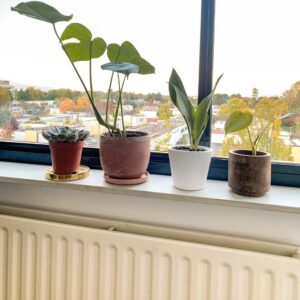
3. Be careful with radiators
During the winter, you’re probably warming your house with radiators or a fireplace. Nice and cosy, but your plants might not like it as much. The heat might be too high close to the radiator, and they also don’t love the abrupt changes, from cold to hot, if the heat is not on all the time.
You risk drying out the soil or even crisping the leaves of your plant. Avoid placing a plant close to any harsh heat source.
If you own underfloor heating, that’s generally a much safer, more consistent heat, so no problems there. If the floor gets really warm, a plant stand can bring space between your plant and the warm floor.
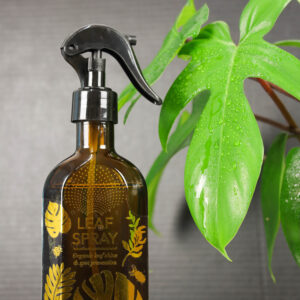
4. Keep the air moist
If the edges of your leaves turn crispy, it’s usually a sign of low-humidity. Humidifiers can counteract by keeping the air moist – good for your plants and your lungs. There are electric humidifiers, but also old-fashioned ceramic water reservoirs you can hang on your radiators.
Another way to increase the humidity of your plants is by spraying them with water. Spray the leaves in the morning or the evening, when there’s no direct sunlight. This only increases the humidity temporarily, so it should be repeated often for real impact. Our elegant glass spray bottle is pretty enough to find a place alongside your plants, no need to hide it.
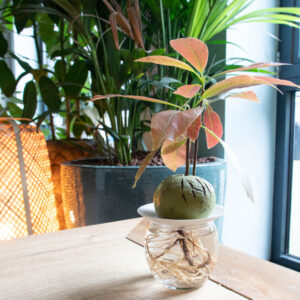
5. Avoid cold air and drafts
Plants love and need sunlight, whether it’s summer or winter. But sometimes it’s difficult to find a sunny spot for your plants without taking the risk of chilling them. When choosing a suitable place, avoid cold, drafty areas and make sure your plant isn’t touching a cold window. On very cold nights, we also recommend moving your plants off the windowsill.
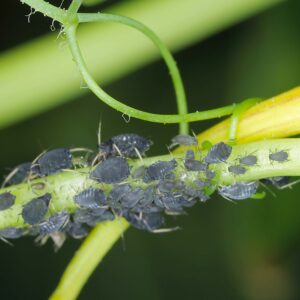
6. Check for pests
Pests – the most dreaded opponent in the winter months. If you keep some of your plants outdoors in the summer months, check for any signs of pests before you bring them in. You don’t want to infect all your other plants!
It’s vital to carefully check the leaves and stems for any diseases or bugs. If you detect something suspicious, immediately isolate the affected plant to treat it, and continue checking your other plants in the following days.
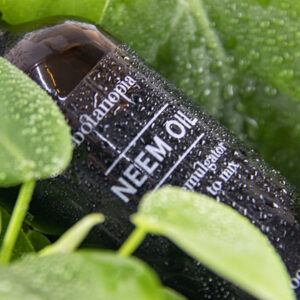
7. Spray your plants to prevent pests and diseases
To decrease the chances of pests spreading among your houseplants, you can frequently spray them with a mix of neem oil and water. Neem oil is great to keep your plants healthy by preventing and treating fungus issues, tackling bacteria-related diseases, and repelling insects. It’s an organic and biodegradable wonder product. Click here for more info if you’re not familiar with neem oil and its superpowers.
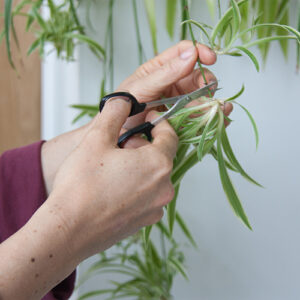
8. Don’t re-pot, just trim
Repotting is not meant for winter since the root growth is slow, and bigger pots keep the soil wet for longer. Wait until the spring and a new growth period to repot. If your plant needs it, it’s OK to prune it a bit while it’s dormant.
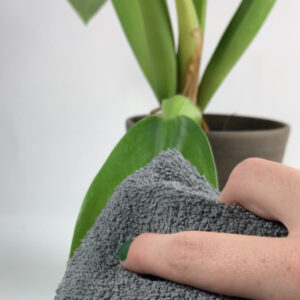
9. Clean the leaves
The closed-up houses in the winter months enhance dust production, which then settles on the leaves of your plant. Dusty leaves have a harder time absorbing sunlight and develop diseases easier. You can give your plants a good shower (with room-temperature water), or wipe them off with a damp cloth. If you want to give the leaves extra shine in the winter months, spray them with neem oil, let it sit for 10 min, then wipe the leaves off with a soft cloth.
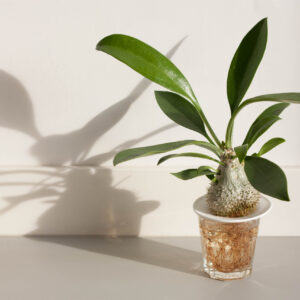
10. Increase the light
In the winter, the days are shorter, and the sun lower in the sky. Your plants get less sunlight than in the warmer months. If possible, bring your plants closer to the window (keeping in mind our earlier tips regarding radiators and cold glass). You can also consider supplementing the available sunlight with (grow) lamps, if the amount you can provide from the sun is just too low.
Everything you need to keep your plants in good shape for the winter season:
-
Out of stock
-
Out of stock

